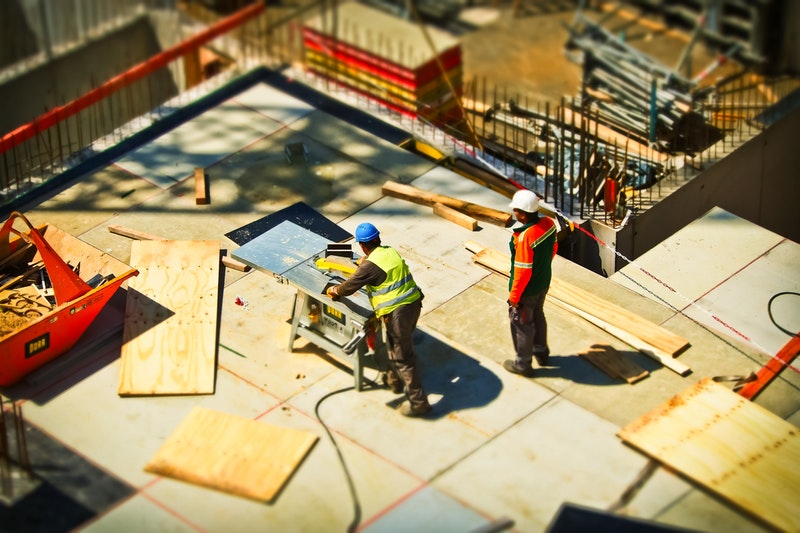There are various careers you can venture in with a diploma of building and construction. See below the top ten occupations facing the fastest growth in the construction sector:
1. Engineers
In Engineering, various disciplines are covered, and they include geotechnical, structural, civil, and electrical. The roles generally comprise making sure plans work, prior to and during implementation.
2. Architects and Surveyors
These careers involve architectural technologists in addition to architects, and their role is to design buildings and make sure technical design aspects function. Quantity surveyors analyze the plan and calculate the cost of the design while monitoring the actual cost vs. the budgeted cost. They include building surveyors who generally understand repair and maintenance requirements in addition to reporting and inspecting buildings.
3. Insulation Contractor
The primary role of an insulation contractor is understanding, maintaining, and implementing building insulation requirements. The work involves weather, heat, sound, and other kinds of insulation. The work environment involves confined and tight spaces.
4. Solar Photovoltaic Installer
The profession is seeing a high growth rate since it meets the demand for green and new solar technology. One of the primary duties will involve installing and maintaining solar panels that will aid in electricity and hot water generation. The career will achieve a growth rate of 24% within five to eight years.
5. Glaziers
This profession involves the installation of glass in buildings. The duties comprise cutting and placement of glass in structures like skyscrapers, offices, and residential homes. The career is physical as it often involves lifting of massive pieces of glass in the outside environment and you are exposed to glass elements. Employers mostly seek a high school diploma as a qualification. However, you can decide to be competitive by pursuing a degree in the same field.
6. Construction or Project Manager
The whole construction project is headed by a construction manager. They are the link between architects or owners and the construction workers. They are responsible for the daily duties and give reports on issues, costs, and progress. The job also involves hiring and carrying out a detailed plan of construction making sure that everything sticks to the budget and plan.
7. Construction Equipment Operators
These professionals use various equipment at the site of the project which includes trench excavators, road graders, bulldozers, and more. Knowledge of operating this equipment is mostly gained via on-the-job training. Through sponsorship by contractors’ association, there are apprenticeship programs that take about three to four years for one to complete. One has to be at least 18 years of age to be an apprentice.
8. Plumbers
These professionals not only deal with water appliances, but they also handle water pipes. They make plans regarding the running of the pipes throughout a building and make sure that they correctly interface with wastewater and cold and hot supplies of water. Their duties include installation and maintenance of water appliances like water heaters, dishwashers, toilets, sinks, and bathtubs. The size of the project determines if the plumbers will work alone or in teams with pipefitters. Teams can also include apprentices. This physical profession requires problem-solving skills.
9. Masons
They construct walls and building structures out of bricks or concrete. Detailed work of brick, plaster with decorative properties, or other materials such as glass and synthetics are used by masons to finish the wall aesthetics. On larger projects, detailed brickwork and block have less distinction. Masons can become brick masons as a specialization. They can also become master craftsmen as they concentrate on ornate and intricate building and wall finishes.
10. Elevator Installers and Repairs
The work of this profession involves maintenance, installation, and repair of escalators, elevators, and moving walkways. It requires blueprint interpretation, testing of equipment that has been installed to confirm specifications have been met, and compliance with building codes and safety regulations.

